Burhan Wilderness Camps in Bardiya named one of the World’s 100 Greatest Places by Time Magazine

KATHMANDU: Burhan Wilderness Camps, located in Bardiya district, Nepal, has been named one of the world’s 100 greatest places in 2024 by Time Magazine. This prestigious recognition highlights the immense potential of Nepali tourism and places the spotlight on Bardiya as a prime destination for eco-tourism.
The camp was established by young entrepreneur Manoj Gautam, known for his work in environmental protection, along with his friends Bal K. Joshi and Prabha Gautam. This accolade as one of the 100 extraordinary destinations worldwide underscores their commitment to sustainable tourism and conservation.
In the “World’s Greatest Places 2024” issue released by Time Magazine on Thursday, author Erin Levi details Gautam’s efforts. Formerly the director of the Jane Goodall Institute Nepal, Gautam acquired a piece of private land in the Khata Wildlife Corridor to prevent it from being turned into a casino hotel and to promote a sustainable future in tourism.
Full Text of the Description Made by Time Magazine:
Burhan Wilderness Camps
Bardiya, Nepal
Bardiya National Park, a lush 374-square-mile jungle paradise in the Tarai and a less-crowded alternative to Chitwan National Park, has seen its Royal Bengal tiger population soar to a record-breaking 125 felines over the last decade. Conservationist Manoj Gautam, former director of the Jane Goodall Institute Nepal, acquired a piece of private land in the Khata Wildlife Corridor to save it from being turned into a casino hotel—and to set an example for a more sustainable future in tourism.
Optimally nestled on a peninsula between two channels of the Karnali River, Burhan Wilderness Camps offers visitors bushwalks, canoe trips, wildlife tracking with anti-poaching units, and front-row seats to Asiatic elephants, greater one-horned rhinos, swamp deer, and more without entering the park. (While nothing is guaranteed, Gautam says tiger spotting is highly probable with a three-night stay—and if you don’t see one, you’ll likely hear roaring throughout the night.) Operating in a micro-conservancy style, Burhan prioritizes the protection of animals while minimizing its own ecological footprint.
Aside from one treehouse with solar-powered air conditioning, slated to open after monsoon season, the camp sets up platformed safari tents only when guests are present and serves local, organic food. It also supports indigenous Tharu culture through employment, operating a thatched-roof longhouse for guest experiences in a nearby village and teaching life-saving solutions to human-tiger conflict, ensuring the frontline community also benefits from conservation. “[We want] responsible tourism to flourish in the buffer zone area,” says Gautam, who aims to replicate this model in other remote parks throughout Nepal.
This recognition from Time Magazine is a testament to the hard work and vision of Gautam and his team. It not only promotes sustainable tourism in Nepal but also brings global attention to the conservation efforts in Bardiya National Park.




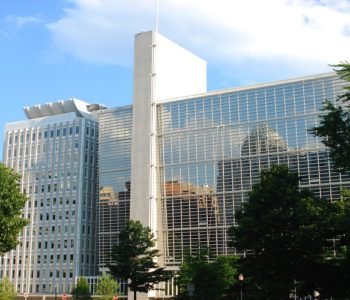


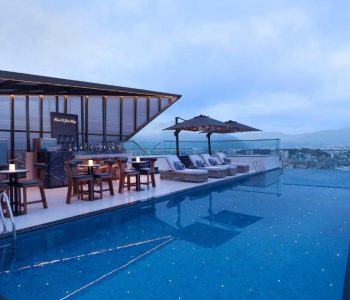
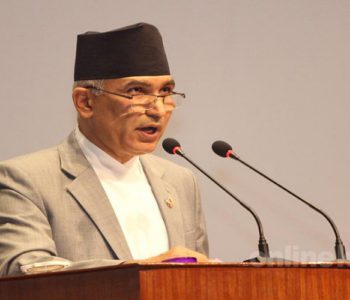
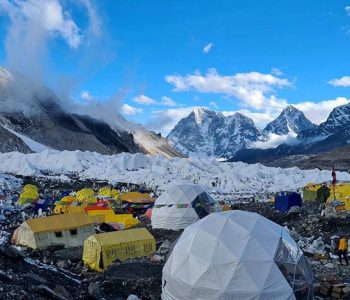
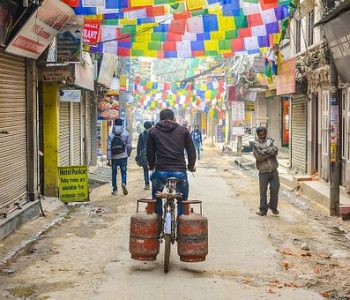
Facebook Comment